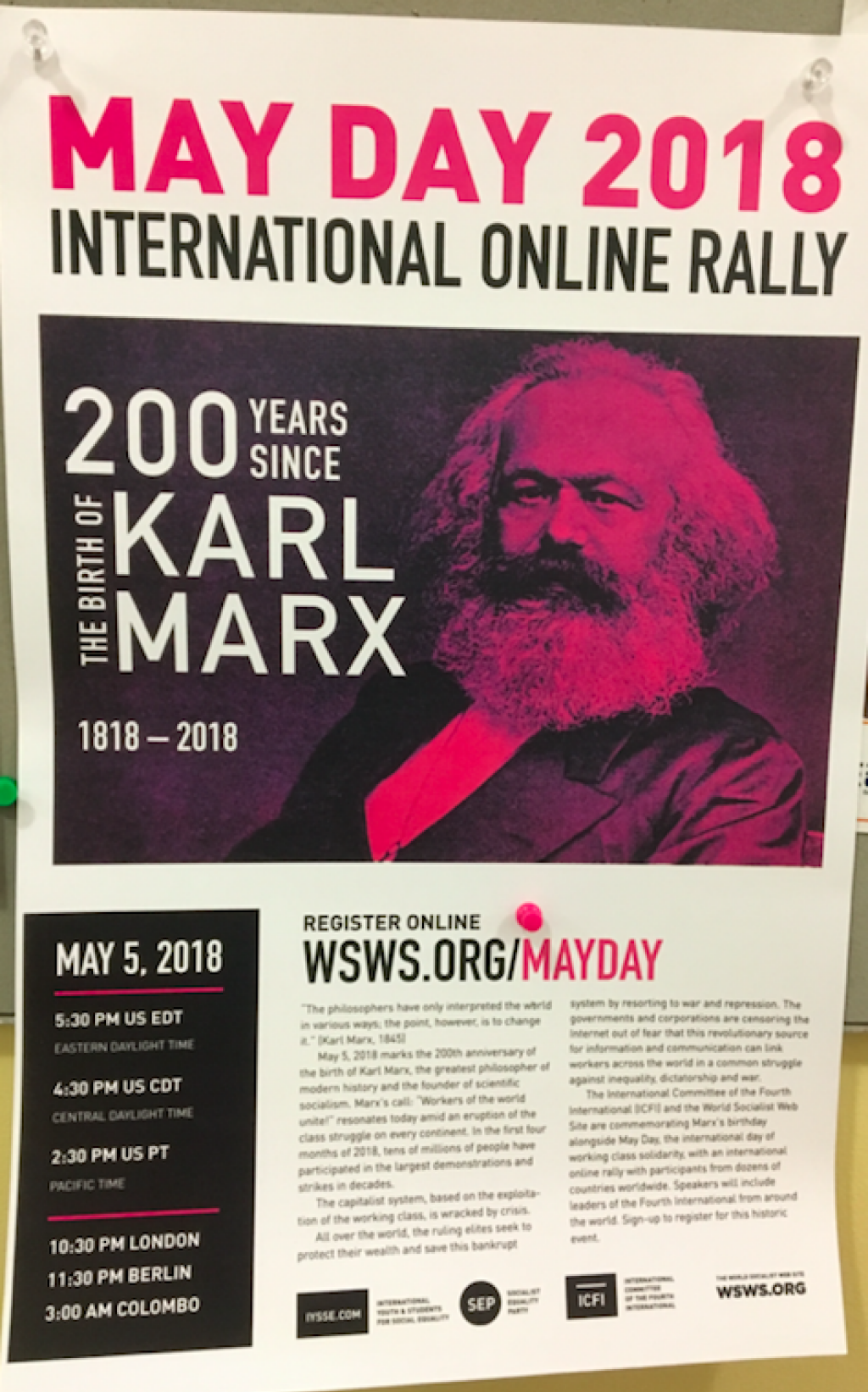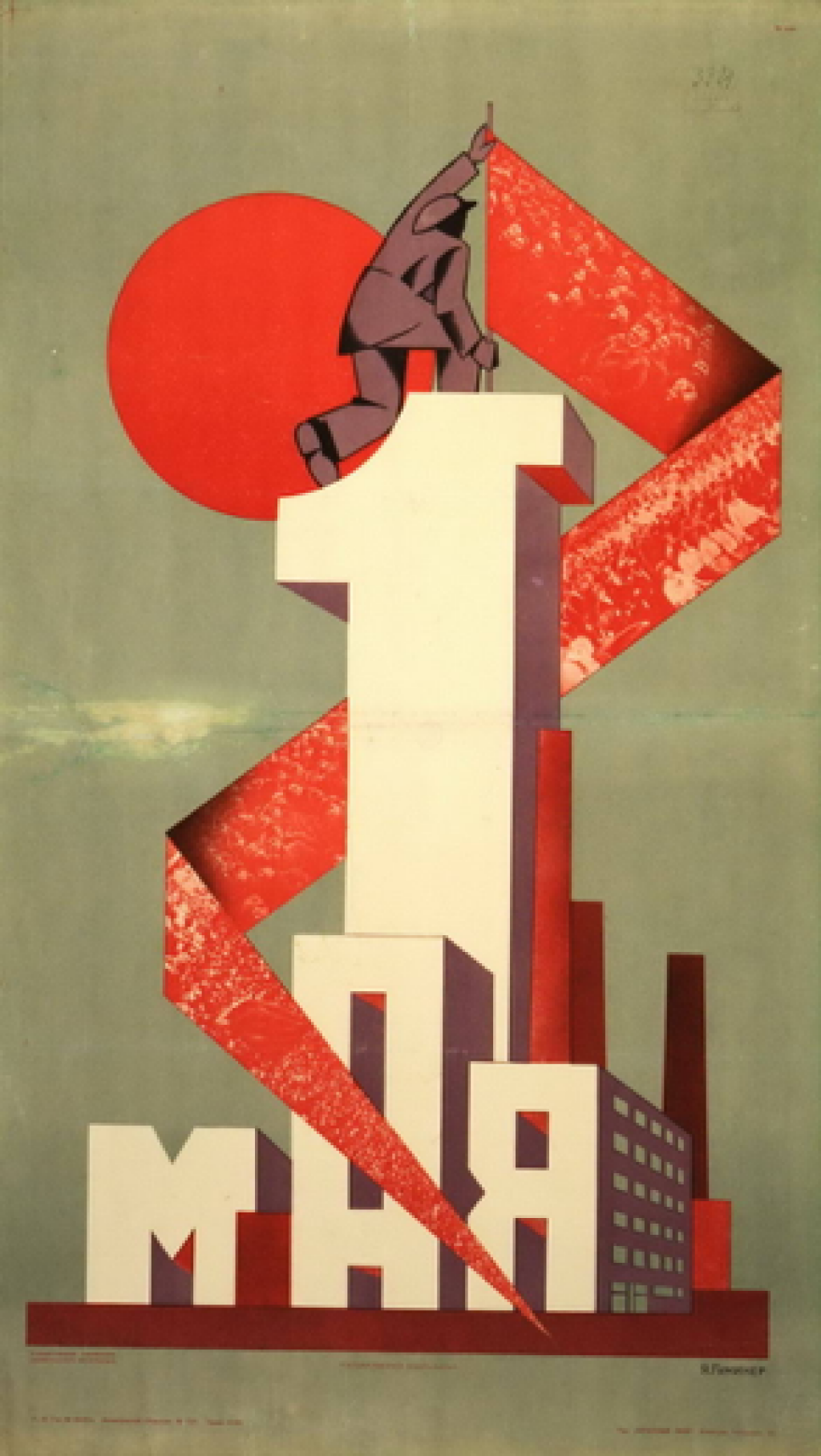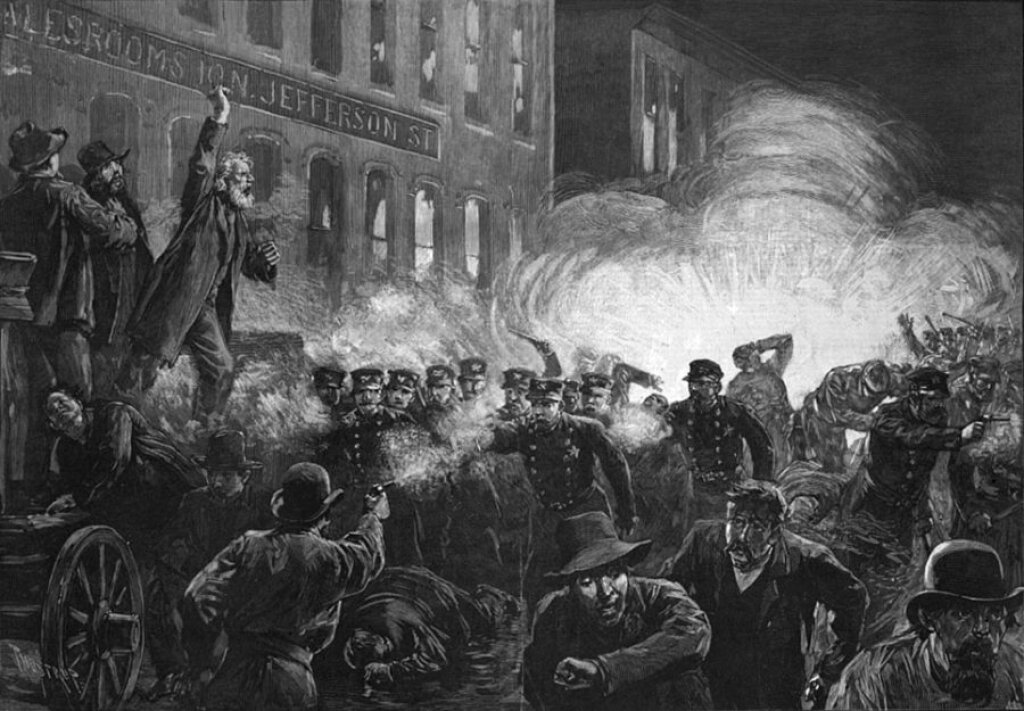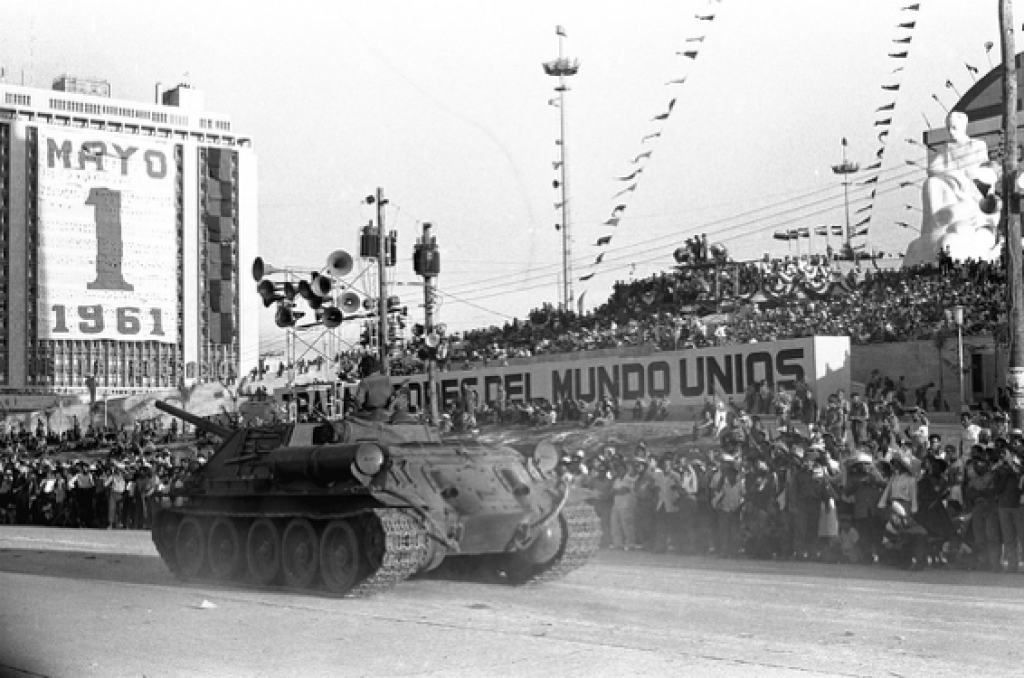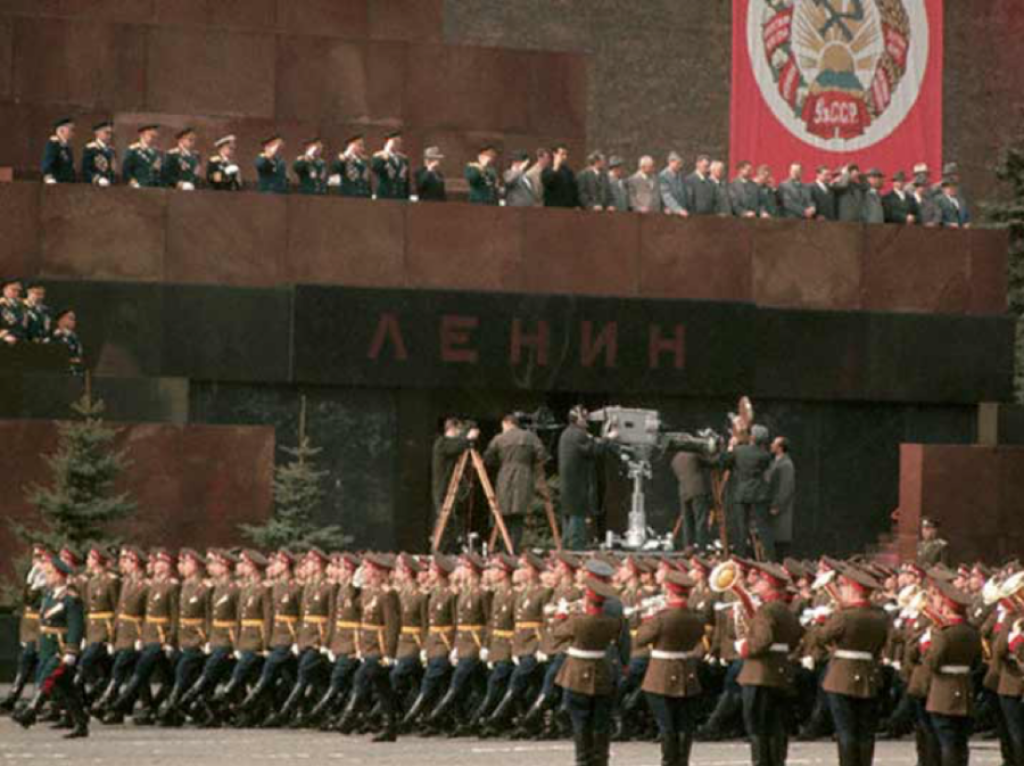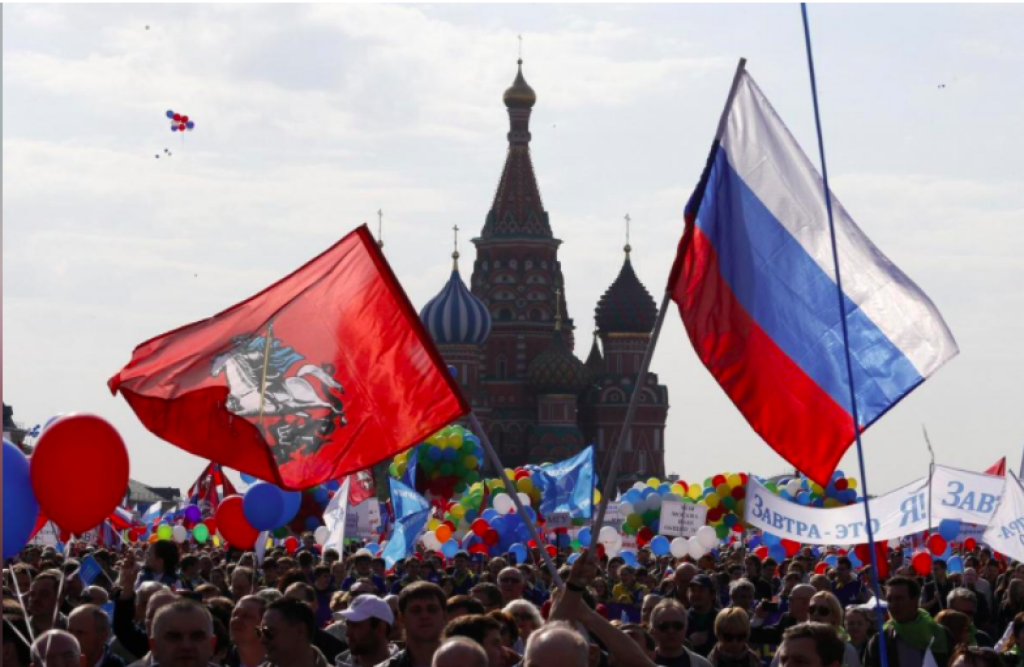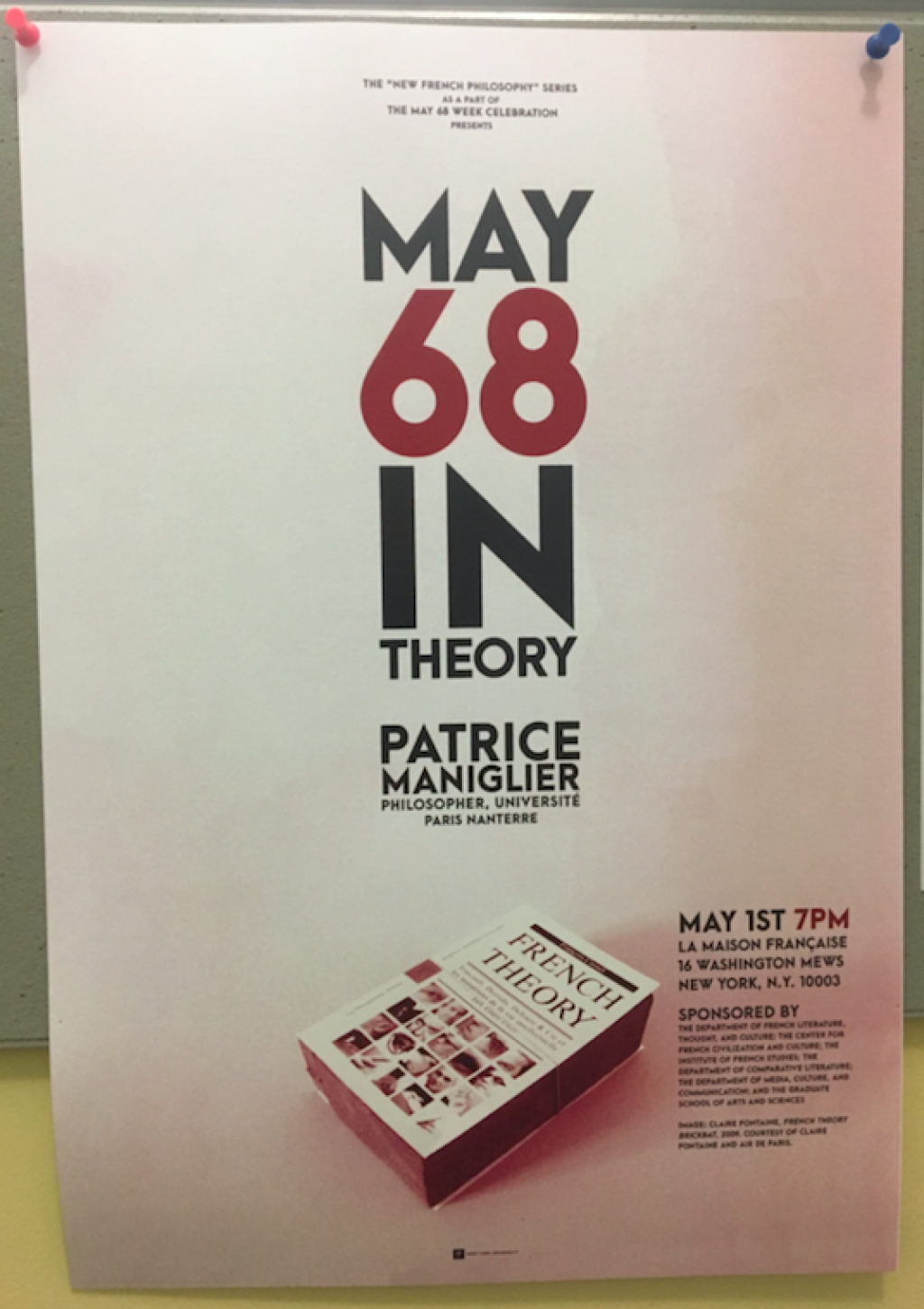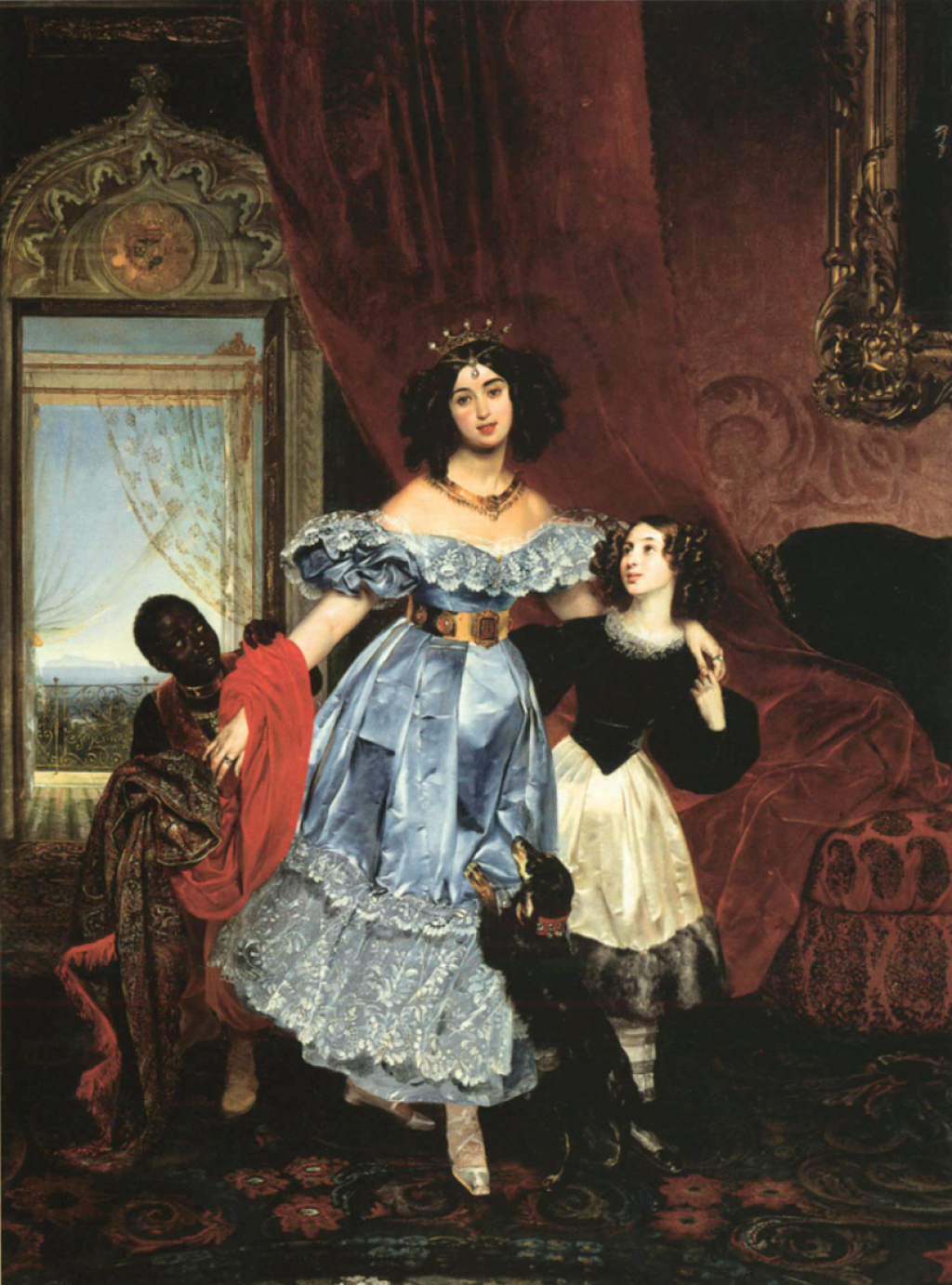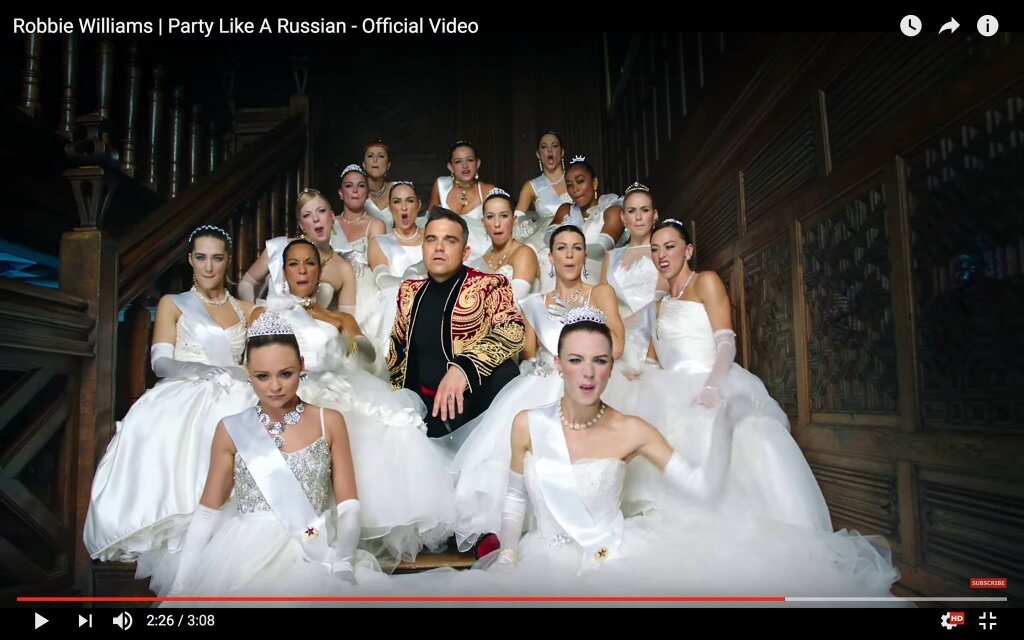Christopher Tremoglie attends the University of Pennsylvania, where he is majoring in Russian and Eastern European Studies and minoring in Political Science.
The first of May has been celebrated around the world for centuries. Known as “May Day,” the holiday originated in revelries anticipating the coming of spring in the Northern Hemisphere — and with it, a sense of physical and spiritual renewal. To honor this springtime day, people have historically collected baskets of flowers, festooned themselves with bright colors, planted crops like corn, cucumbers, or turnips, and decorated Maypoles with colored ribbons, to the delight of happy, barefoot children running around in the sun. Over the years, this festive rite of spring has evolved into a different kind of celebration — one synonymous with socialism and the Soviet Union: International Workers’ Day. Yet the history of this Soviet holiday has much more in common with the spirit of internationalism than with "socialism in one country."
Despite its Soviet connotations in the present-day cultural imaginary, the first of May originally commemorated the fallout from a labor demonstration in Chicago, which came to be known as the Haymarket Affair. On 1 May 1886, approximately 35,000 workers from various industries walked off the job to protest for an eight-hour work day. Anarchists, unionists and socialists chose that day and the city of Chicago as the center of the national movement for workers seeking to establish what many Americans now, thanks to their efforts, consider a baseline workplace standard. On 4 May, as police were dispersing a crowd supporting the strike, an unidentified person threw a bomb into the crowd, whereupon the police chose to fire on the protesters. The skirmish led to the deaths of eight police officers and the injury of sixty more. The crowd, meanwhile, suffered an undetermined number of casualties.
In 1889, May 1 was adopted by the coalition on international socialist and worker movements known as the First Congress of the Second International as a day honoring the Haymarket tragedy. While the holiday was meant to be a celebration of workers around the world, May Day would ultimately come to emblematize the ideology of the Soviet Union, which celebrated it with greater zeal than any other nation. Massive rallies on the Red Square, featuring scores of soldiers parading past members of the Politburo, reminded the public of the (theoretically) lofty position of workers within the Soviet state.
Soviet May Day parades also had an external signaling function: during the Cold War, they presented NATO nations with a rare opportunity to glance behind the Iron Curtain and contemplate the ominous fate that awaited them should military confrontation arise. The censorship associated with the Soviet bloc was purposely relaxed to reveal displays designed to intimidate, shock and awe on May 1.
The Soviet Union had weaponized the calendar around May Day for international propaganda purposes since the late 1940s, with Stalin parading Red Army troops returning from the Great Patriotic War in 1946. Khrushchev would later defiantly show off the USSR's military prowess following the Cuban Missile Crisis in 1963, while Brezhnev exhibited his solidarity with Ho Chi Minh and the North Vietnamese in the 1970s.
May Day military parades and demonstrations were customary in all countries that were allied with the Soviet Union during the Cold War. The Soviet Union – as well as its Communist allies – used May Day as an opportunity to parade an array of military weaponry through the streets in an intimidating display. Tradition dictated top Soviet leaders should admire the grandiose military parade from a platform atop Lenin’s tomb.
In addition to contributing to a general climate of belligerence, the parades were specifically designed to intimidate Britain, France and the United States, all of whom had troops stationed in West Berlin — a thorn in the side of the USSR and other Warsaw Pact countries. In the second half of the twentieth century, May Day, once a pagan fertility festival or a day marking international worker solidarity, thus became synonymous with Cold-War-era Soviet nationalism.
Following the fall of the Soviet Union, Russian May Day celebrations continued, albeit in somewhat altered form. In 1992, it was renamed "The Day of Spring and Labor," and in 1993, it provided the occasion for clashes between communist organizations and the police. During his third term in office, Russian President Vladimir Putin decided to bring May Day back in earnest. In 2013, he tapped into Soviet nostalgia for International Workers’ Day by reinstating the Soviet-era “Hero of Labor” award, which had honored norm-busting work in the Stalin era. Originally established in 1927, the penultimate year of the New Economic Policy, the award was designed to incentivize the heroic production necessary to achieve Stalin’s aggressive economic goals. Putin, for his part, decreed that the prize would “raise the public worth and prestige of selfless and honest work.” The new incarnation of this award was presented to five Russians during a ceremony in St. Petersburg on 1 May 2013. By 2014, when Russia was mired in controversy following its annexation of Crimea, a reinvigorated May Day proved especially useful for generating patriotic sentiment. That year, approximately 100,000 people attended the May Day parade in the Red Square.
In the United States, May Day is not celebrated as an official holiday. Though the original holiday was a celebration of spring, and later a religious celebration for St. Joseph the Worker (surrogate father of Jesus, husband of the Blessed Virgin Mary, and a carpenter), the day never gained widespread popularity in the United States. Though socialists and workers'-rights activists continue to mark the day with celebrations and protests (and academics with conferences, online meetings, and talks), most of the country simply shrugs.
Even as May Day is being rebooted in Russia, in the United States — which once watched the Soviet celebrations with rapt attention — the day passes by in relatively anonymous fashion.

